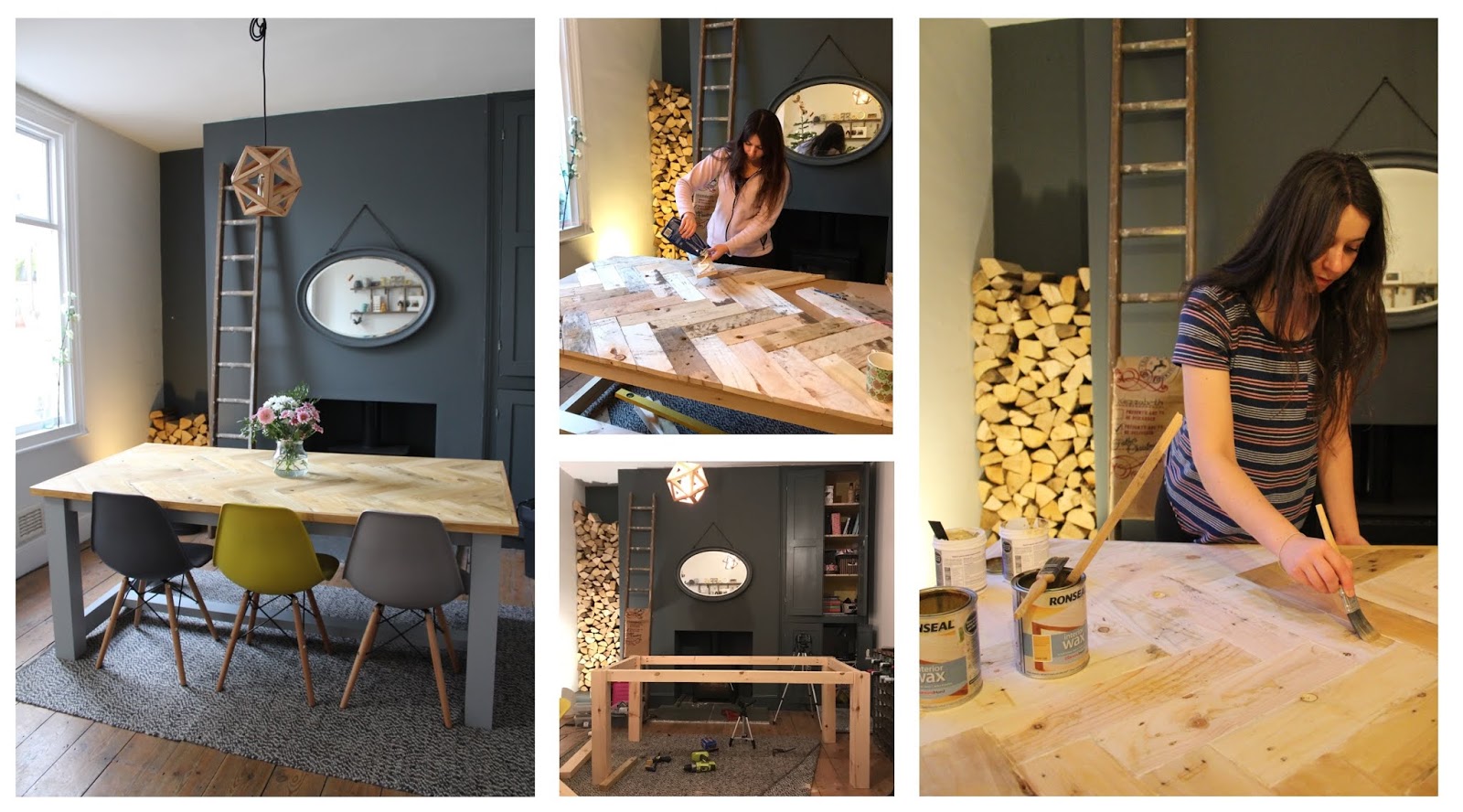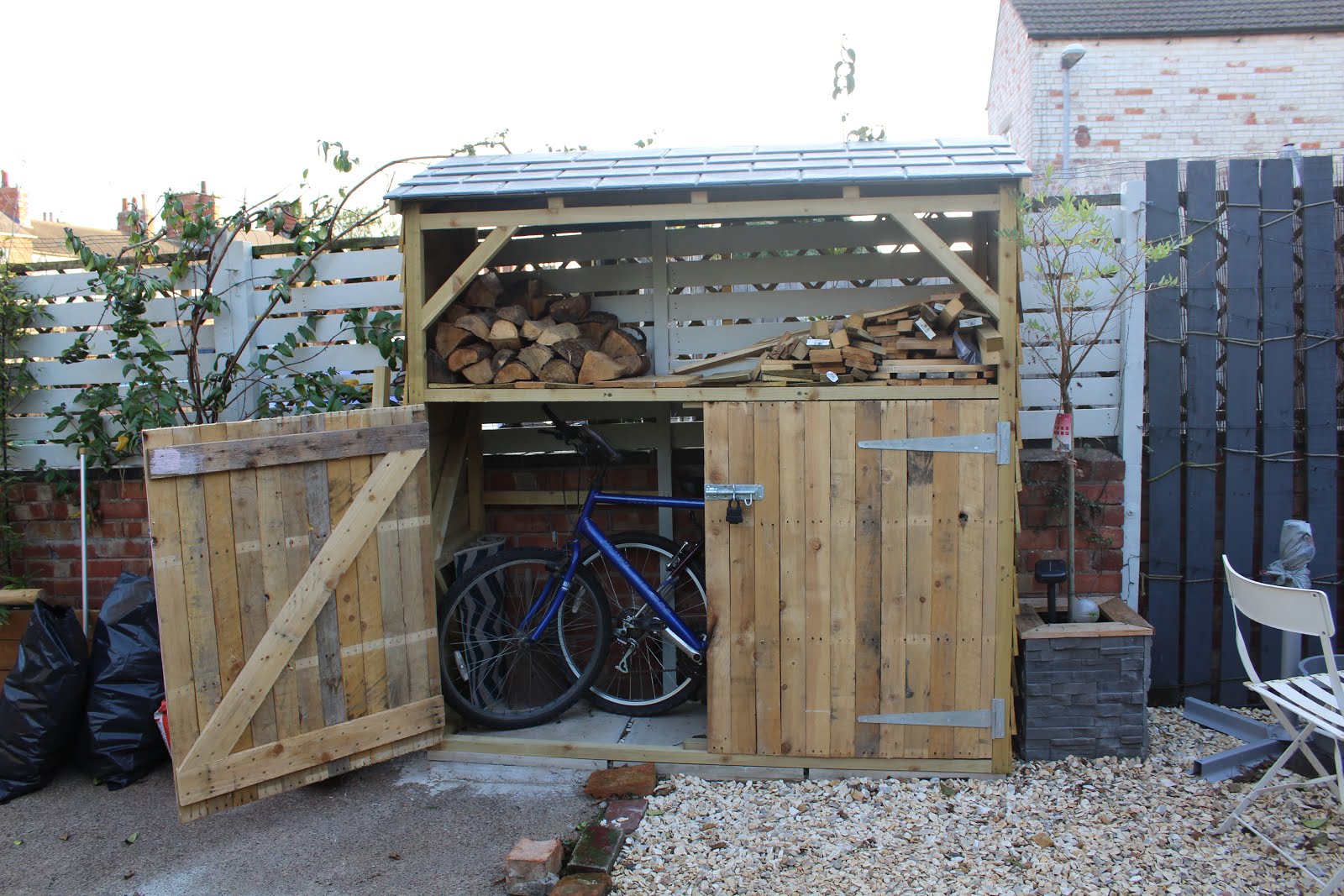AD: This is a sponsored post in partnership with Gorilla UK.
In the last few weeks, we’ve been prepping the old coal storage room in our cellar ready to turn it into a DIY workspace. But first, we needed to sort out one little issue – a leaky coal chute. Luckily, it’s a relatively small leak, but it’s something we’ve had our eye on for a while, knowing we needed to sort it eventually.
So I thought I’d document what we’ve done to attempt to fix this issue as my cellar blog posts always seem to be quite popular. You can read more about what we’ve done so far in the basement here.
Disclosure: This post contains affiliate links, which allows me to receive a small commission if you visit a link and buy something on my recommendation. Purchasing via an affiliate link doesn’t cost you any extra, and I only recommend products I have bought or used myself.
This blog is part of the eBay partner network and the Amazon Associate Programme. All affiliate links to these sites are clearly marked with an asterisk (*). Click here to read more about how affiliate links work on this blog.
Finding the Source of the Leak
Firstly, we needed to find exactly where the water was coming through. To do this we just looked closely at the coal hole from the inside one day whilst it was pouring with rain. It’s obviously a very small and dark hole, so it wasn’t exactly easy to distinguish, but eventually, we decided it was coming in from two places – the lid of the coal hole itself and from around the edge of the stone slab the hole sits on.
From the outside, these are the two areas we believed to be the problem for our coal chute leak:

You can see the stone slab is actually covered in tarmac, which you can also see is now wearing a bit thin by the lighter colour showing through is the stone slab.
We believe this tarmac to be quite old and over time, a crack seems to have formed around the stone slab where the tarmac was poured over it. It probably started as a very small crack, but dirt has gotten in there, weeds have grown, and the crack has probably just got bigger over time as roots have pushed deeper and this has most likely left a gap for water to get through.
And in case you’re interested in an inside view of the coal chute hole – I took this photo below after we’d removed the lid. If we had all the money in the world, it’d be great to replace it with a window as you can see just how much light even a small hole can let in!

Removing Dirt and Debris
Before we could seal any of the leaking areas, we needed to remove any dirt and debris. To do this, we used a couple of different wire brushes* to loosen the dirt and then used our Karcher DIY vacuum* to get the dirt out. We also sprayed some weed killer just as a precaution to make sure any little roots wouldn’t be tempted to try and come back.




Clean the Metal Parts of the Coal Chute
We also lifted the coal chute lid and gave all the metal parts a clean too using soap and water. Despite this house probably not having had a coal delivery for 50+ years, the underside of the lid was still quite dirty from all those years of coal dust!
We were also quite surprised to learn that our coal hole wasn’t sealed at all – no wonder it was leaking rainwater! If it wasn’t for all the dirt in the gap around the edge, it probably would have been leaking much worse.


Applying Gorilla’s Waterproof Coat & Seal (Liquid Rubber)
To seal our leaky coal chute and the crack on the tarmac around the stone, we’ve chosen to use a new product – Gorilla Waterproof Coat & Seal*, which is essentially liquid rubber. It can be poured, brushed, or rolled onto cracks and gaps up to 6mm to provide a waterproof seal. It works on both interior and exterior applications and can be used for a huge variety of jobs such as stopping leaks in cracked gutters or drains. It can even be used for things like roofing projects and water features and what’s more, it works in wet conditions so perfect for emergency repairs too!
The Gorilla Waterproof Coat & Seal can also be used on metal, brick, and concrete so it’s the perfect product for our job of sealing a coal chute too. Most of our cracks are around 5mm or less, although some appear wider where the tarmac on the surface has worn away more. We’ll be using the black version of this product, although you can also buy this in white too.


One of the things we liked most about this product, is that its liquid consistency means it’s really easy to work with. The fact that it’s pourable also means it’s able to sink deep into the crack we want to seal, leaving no gaps for water to get in.
To try and apply as neatly as possible, we bought some syringes so we could pour with precision, rather than just pouring it out of the tin (as our gaps are quite thin!). This actually worked really well for us and we found it was surprisingly easy to apply with accuracy! The Gorilla Waterproof Coat & Seal* is also self-leveling so we didn’t need to smooth it off (like you would with a sealant!), it simply levels itself and provides a smooth and neat finish on its own.





We did two coats of the Gorilla Waterproof Coat & Seal – the first coat was to fill deep into the crack, the second was to ensure we’d added enough for full waterproofing and also to level it with the tarmac to prevent any ‘pooling’ of water.
We found this product so easy to use – you really don’t need any DIY skills and I think it would be great for saving money on jobs where you can DIY repair rather than needing to call in a tradesman and replace.
Sealing the Coal Chute Lid
To seal the lid of our coal chute, we wanted to use an adhesive first as we were quite surprised to find how easy it had been to remove. I mean from a security perspective – that’s not great! Although you can’t fit an average adult through the hole, it’s still an access point to the inside of our house and FAR from ideal!
So we’ve decided to use an adhesive to secure the lid properly in place and stop our cellar from ever being so easily accessed. The adhesive I used is actually a hybrid product that claims to also be a sealant too (double win!). You can, of course, have your coal lid welded shut as an alternative option as well.


The adhesive/sealant I used, however, isn’t for use in underwater applications and we were worried about water getting into the small gap around the edge and pooling on top of it, effectively making it underwater.
So to deal with this, we’ve also applied the Gorilla Waterproof Coat & Seal* over the top as well. I used the syringe again to pour the product, although as we weren’t filling much of a crack/gap this time, I could definitely have brushed on the product this time.


We did uhm and ahh about brushing some of the Gorilla Waterproof Coat & Seal over the outer ring – the part the lid sits on (and where the tarmac neatly finishes) but we thought we’d ‘test the waters’ so to speak and add thereafter if necessary.
There are, however, a couple of areas where the tarmac has worn away from the outer ring and I did apply the Gorilla Waterproof Coat & Seal to those areas err-ing on side of caution.

One thing I should mention is that the underside of the coal lid will still be a point of condensation as there is zero insulation underneath here. It will be the coldest point in our cellar and when the air is warmed down there, it’s still going to condense on the underside of this lid. So there will still be some moisture around the area of our coal hole in the cellar, it’s just rainwater we’re sealing against with these steps.
End Result
First of all, I want to say how pleased I am with how this all looks. I’ve seen lots of different tactics for sealing cellar entry points in the streets around us, and the finish of some of those methods can be quite prominent. With the Gorilla Waterproof Coat & Seal, however, I think the finish is quite discreet and tidy.





We’d put off sealing our leaky coal chute for a while, worrying once we started investigating the leak it would end up being a much bigger job than expected. However, using these steps it turned out to really easy job to do and we managed to get it done all in one sunny morning.
We haven’t yet decided whether we need to add any of the Gorilla Waterproof Coat & Seal around the outer ring of the coal chute lid as we simply haven’t had enough rain yet! But it’s such an easy and quick job that it’s really not a big deal if we do need to add more.
I’ll be sure to keep you posted in time, but for now, we’re really pleased with this super quick fix! I would love to know if this is a job you’ve had to tackle or if you have any further recommendations for sealing a coal chute!
This blog post was sponsored by Gorilla UK. All words and opinions are my own.
*This post contains affiliate links where an asterisk (*) is used.













2 Comments
Hi Kezzabeth,
I came across your cellar and breathing walls post from Nov 2020 and share your view so had a couple of questions. Were you worried about sealing off opporunities for ventilation when you sealed off the coal chute (ie at least being able to open it)? and has the perceived dampness in that area of your cellar increased since sealing it?
Hi Katie,
Yes, I did consider that the unsealed chute would have had some benefits for ventilation and airflow, but obviously the negative of leaking water outweighed those benefits. This room is particularly bad for ventilation in general and we do plan to do more to rectify that in the future. However, I’m pleased to say we haven’t noticed any increased dampness or humidity from sealing the coal chute.